 King St Edward the Confessor was born in 1003 and died 5 January, 1066. He was the son of Ethelred II and Emma, daughter of Duke Richard of Normandy, being thus half-brother to King Edmund Ironside, Ethelred's son by his first wife, and to King Hardicanute, Emma's son by her second marriage with Canute.
King St Edward the Confessor was born in 1003 and died 5 January, 1066. He was the son of Ethelred II and Emma, daughter of Duke Richard of Normandy, being thus half-brother to King Edmund Ironside, Ethelred's son by his first wife, and to King Hardicanute, Emma's son by her second marriage with Canute.He was also nephew to St Edward the Martyr.
When hardly ten years old he was sent with his brother Alfred into Normandy to be brought up at the court of the duke his uncle, the Danes having gained the mastery in England. Thus he spent the best years of his life in exile, the crown having been settled by Canute, with Emma's consent, upon his own offspring by her. Early misfortune thus taught Edward the folly of ambition, and he grew up in innocence, delighting chiefly in assisting at Mass and the church offices, and in association with religious, whilst not disdaining the pleasures of the chase (hunting) or recreations suited to his station.
Upon Canute's death in 1035 his illegitimate son, Harold, seized the throne, Hardicanute being then in Denmark, and Edward and his brother Alfred were persuaded to make an attempt to gain the crown, which resulted in the cruel death of Alfred who had fallen into Harold's hands, whilst Edward was obliged to return to Normandy.
On Hardicanute's sudden death in 1042, Edward was called by acclamation to the throne at the age of about forty, being welcomed even by the Danish settlers owing to his gentle saintly character. His reign was one of almost unbroken peace, the threatened invasion of Canute's son, Sweyn of Norway, being averted by the opportune attack on him by Sweyn of Denmark; and the internal difficulties occasioned by the ambition of Earl Godwin and his sons being settled without bloodshed by Edward's own gentleness and prudence.
He undertook no wars except to repel an inroad of the Welsh, and to assist Malcolm III of Scotland against Macbeth, the usurper of his throne.
Being devoid of personal ambition, Edward's one aim was the welfare of his people. He remitted the odious "Danegelt", which had needlessly continued to be levied; and though profuse in alms to the poor and for religious purposes, he made his own royal patrimony suffice without imposing taxes. Such was the contentment caused by "the good St. Edward's laws", that their enactment was repeatedly demanded by later generations, when they felt themselves oppressed and they formed the basis of the English Constitution.
 The carved head of St Edward the Martyr, the uncle of St Edward the Confessor
The carved head of St Edward the Martyr, the uncle of St Edward the ConfessorYielding to the entreaty of his nobles, he accepted as his consort the virtuous Editha, Earl Godwin's daughter. Having, however, made a vow of chastity, he first required her agreement to live with him only as a sister. As he could not leave his kingdom without injury to his people, the making of a pilgrimage to St Peter's tomb, to which he had bound himself, was commuted by the pope into the rebuilding at Westminster of St Peter's Abbey, the dedication of which took place but a week before his death, and in which he was buried.
St. Edward was the first King of England to touch for the "king's evil" (scrofula), many sufferers from the disease were cured by him. He was canonized by Pope Alexander III in 1161. His feast is kept on the 13th of October, his incorrupt and sweet-smelling body having been solemnly translated on that day in 1163 by St Thomas of Canterbury in the presence of King Henry II.
St Edward's Crown is one of the British Crown Jewels. It is the official coronation crown used exclusively in the coronation of a new monarch. It was made in 1661 for the coronation of the restored King Charles II, as the original crown was destroyed by order of the viciously anti-Catholic extreme Protestant republican, Oliver Cromwell, during the English Civil War.
The crown made for King Charles II is reputed to contain gold from the Crown of St Edward the Confessor.
St. Edward's Crown has been used as a symbol of royal authority since 1953 in the Commonwealth Realms, and can be seen on coats-of-arms.

St Edward's Crown, used at all English coronations
St Edward the Confessor, pray for us!
This day is also the Feast day of Blessed Gerard the founder of the world's oldest order of chivalry, the Sovereign Military Hospitaller Order of Saint John of Jerusalem, of Rhodes, and of Malta, more commonly known as the Order of Malta, originally the Knights Hospitaller of St John of Jerusalem.
The Order has its origins in a hospice and confraternity in Jerusalem founded some time before the First Crusade (1099).
According to most accounts, this was undertaken with the financial assistance of some wealthy merchants of the Italian port city of Amalfi to aid European pilgrims to the Holy Land. (The Amalfitans still commemorate their support of the Order in an annual observance.) The original Christian hospice may have been founded as early as circa 1020.
The first rector of what was to become known as the "Order of the Hospital" was the Blessed Gerard. With his Bull of 15 February 1113, Pope Paschal II sanctioned the establishment of the Hospitallers' order, dedicated to its patron, Saint John the Baptist. The Pontiff placed the Order under the direct protection and ecclesiastical authority of the Holy See. Pope Callixtus and subsequent Pontiffs granted the Order additional privileges over the next century. Gerard himself died in 1120 but the work of the hospice, which at one point was said to house two thousand patients, continued and continues even today world-wide.
Blessed Gerard, pray for us!
Today is also the anniversary of the last day of the apparitions at Fatima, Portugal and the day of the "miracle of the sun" when the sun "danced" before an astonished crowd which included unbelieving secularists who were converted by the miracle.

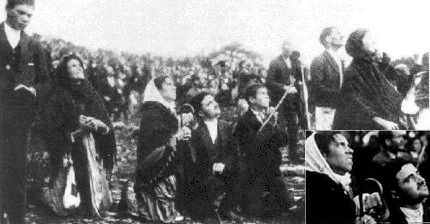







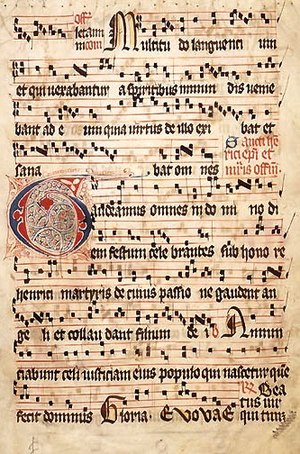

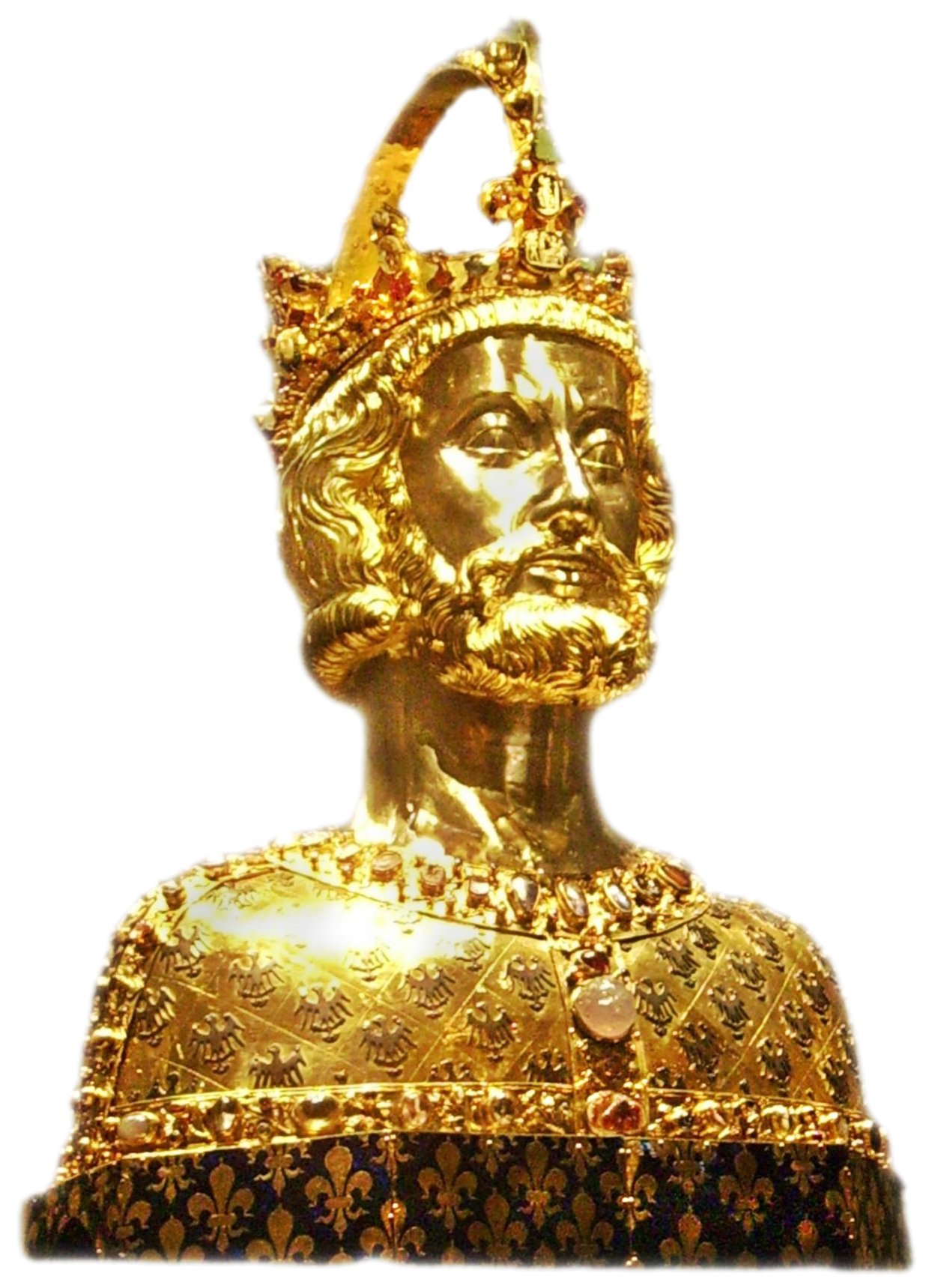



.jpg)


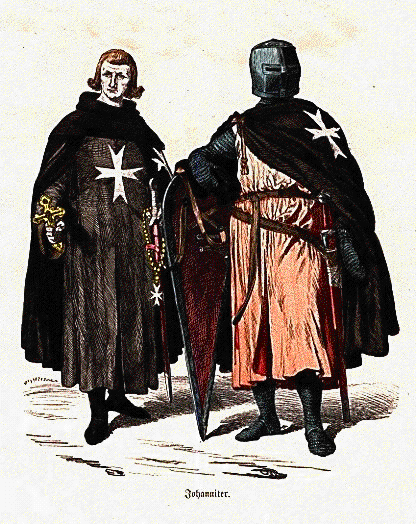

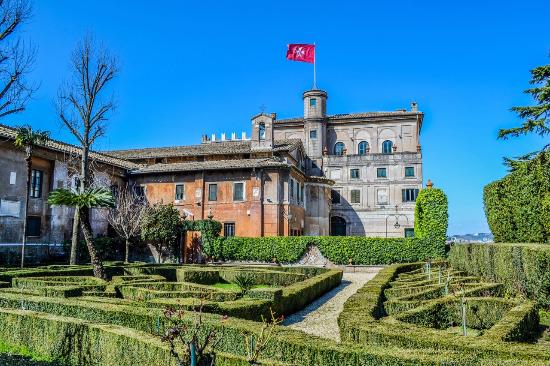


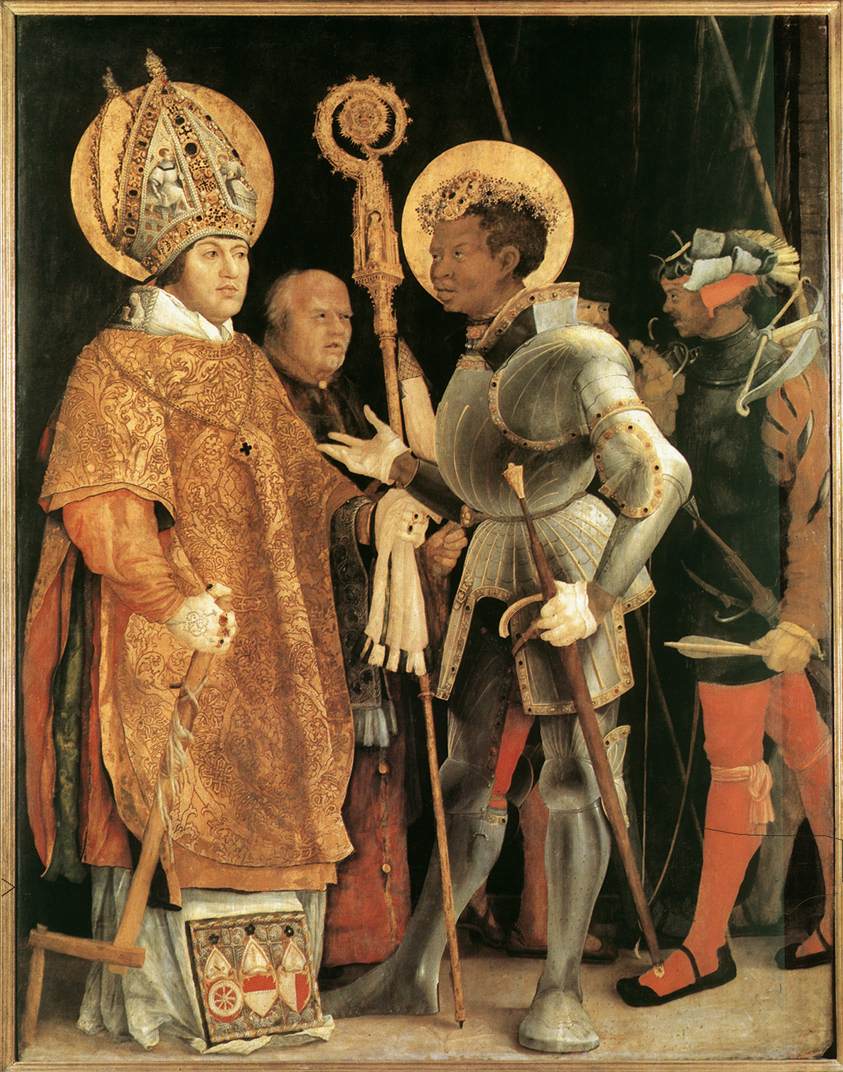
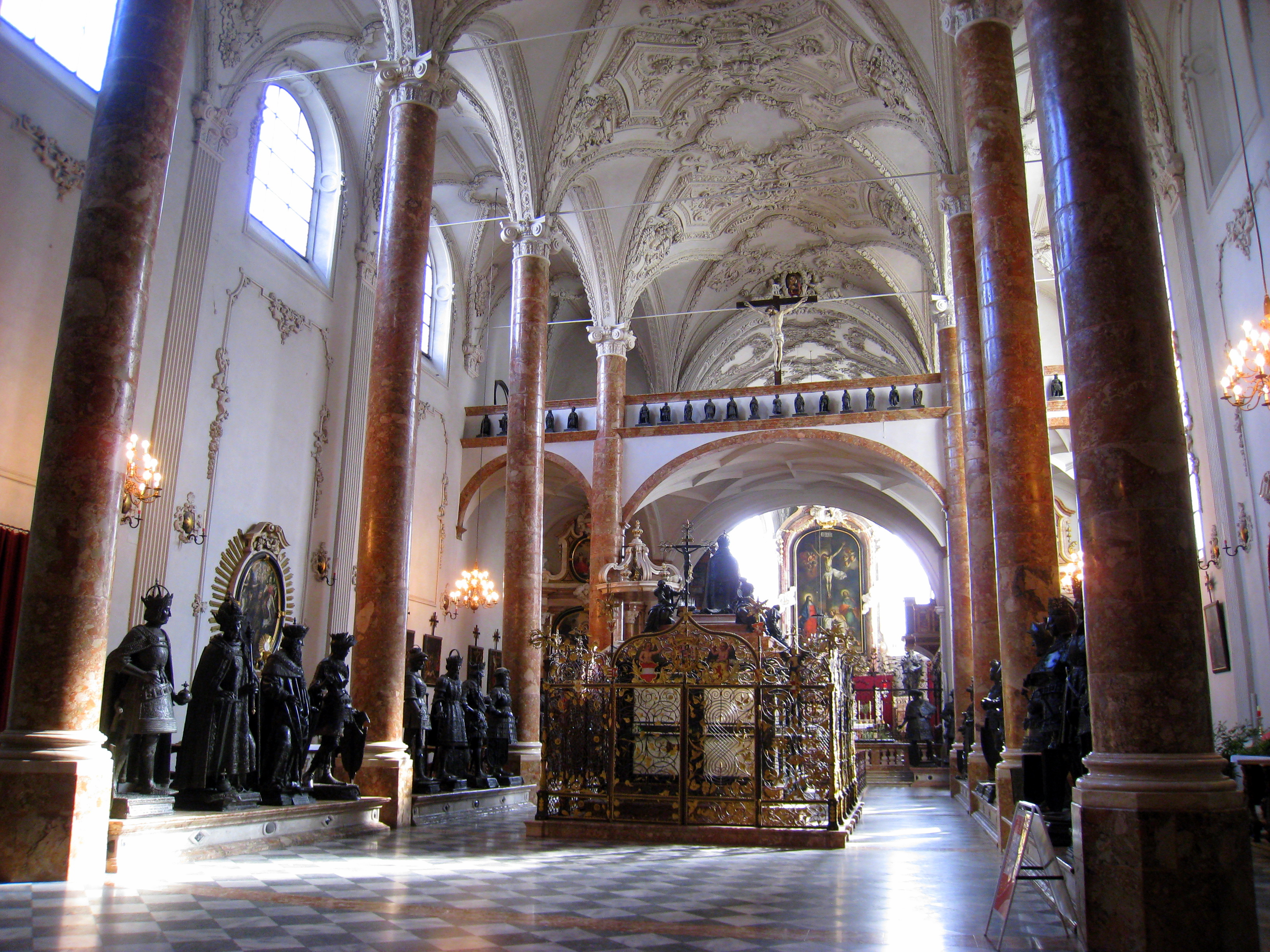


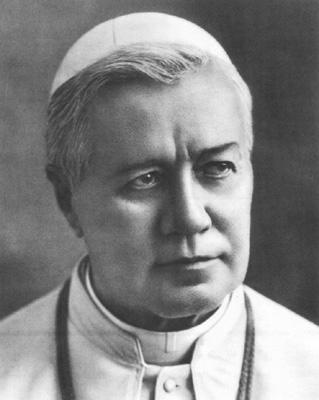






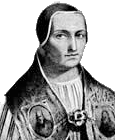






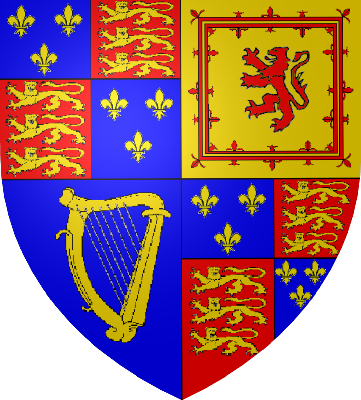
_-002.jpg/220px-Circle_of_Anton_Raphael_Mengs,_Henry_Benedict_Maria_Clement_Stuart,_Cardinal_York_(ca_1750)_-002.jpg)



3 comments:
being Maltese I take great pride in the Order of St.John as it has developed our country into a great historical and cultural Museum. I also thank St.Paul who converted us from pagans into Catholics, we truly are a blessed island! Sadly the divorce debate is having it's impact and a referendum will be cast at the end of 2011, Damn democracy! if only the Grandmaster would reign over our islands again, immorality will find no place in society.
By the way I have started a blog, which I would love to have you part of as you are very learned on the subject of Roman Catholicism as it should be and not protestantism under the title of Catholicism. God Bless
Thank you, sir.
I love Malta, too, probably one of the few remaining Catholic countries in the world.
Tell us more about your interesting blog.
Trib.
Well.... we really do not deserve to be called a Catholic country, people see us thus because of the exterior feasts we have and the 360 (or so) Churches we have on such a small island, but the people are finding great difficulty in faith and now divorce is on the way in, may God deliver us from all we have done!
Here is my blog http://europasinedeus.blogspot.com/2011_01_01_archive.html
I am hoping to have some followers as I have just started out and need a lot of advice and suggestions, I would greatly appreciate them indeed. Pax!
Post a Comment